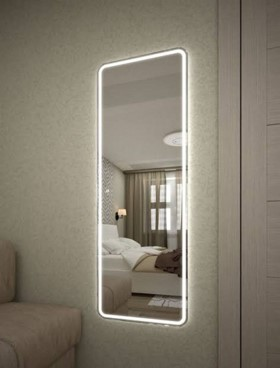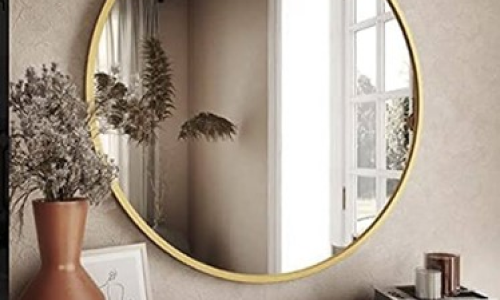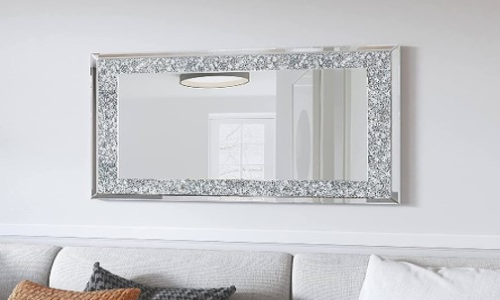Glass
Glass
Glasses are a unique range of ceramic materials defined principally by their atomic structure. A glass is a material that has hardened and become rigid without crystallising, making it amorphous.
The most widely used glasses are silicate glasses, formed from silica, SiO2.
Two glasses of special interest are soda-lime glass, used in windows and bottles, with composition 70SiO2.10CaO.15Na2O, and borosilicate glass, used in cooking and chemical glassware, with composition 80SiO2.15B2O3.5Na2O.

Types of Glass used in Construction
SHEET GLASS
Sheet glass is manufactured by having molten glass pass through rollers to produce a nearly flat finish. However, the action of the rollers does leave the resulting sheets with some degree of distortion.
Sheet glass can be cut via a glass cutter – no special equipment is needed. It’s usually available in a range of standard sizes.
Due to the relatively low cost of float glass and its lack of distortion, sheet glass is mainly used in glazing greenhouses and the like, where the visual distortion isn’t an issue as opposed to domestic windows etc.

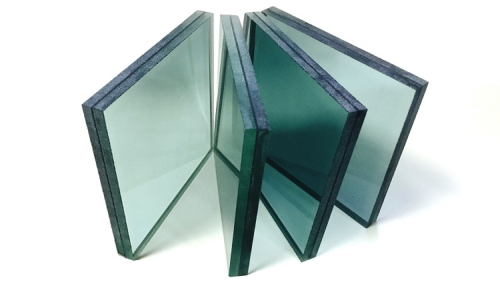
FLOAT GLASS
Made from sodium silicate and calcium silicate, float glass is also known as soda-lime glass. The “float” name refers to the method used to produce it, where the molten glass is floated onto a bed of molten tin. This gives us a flat, clear, distortion-free glass.
Float glass can be cut utilizing a glass cutter without a need for special equipment. It’s available in thickness ranging from 2mm to 20mm, with a weight ranging from 6 to 36 kg/m².
The applications of float glass include fixed and opening windows above waist height, shop fronts, as well as public places.
LAMINATED GLASS
As the name suggests, laminated glass consists of layers of ordinary glass bonded by a transparent, flexible material. Think of it as a sandwich made up of two or more sheets of glass.
Laminated glass can also be made using other types of glass (such as float, wired, or toughened), where they keep their original breaking attributes.
Laminated glass is also UV and soundproof, which explains its use in the construction of bridges and aquariums. It’s even the best choice for making glass canopies as it can reduce harmful rays.
SGP is a laminated glass consisting of 2 sheets of toughened glass and a laminate in the middle. This is typically 6mm toughened/2.28mm laminate/6mm toughened.
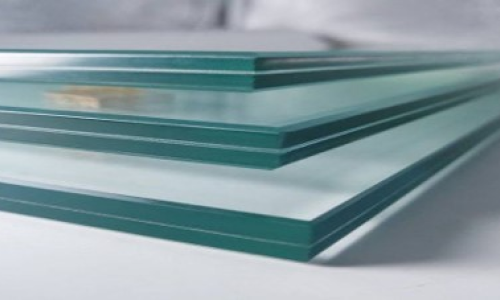
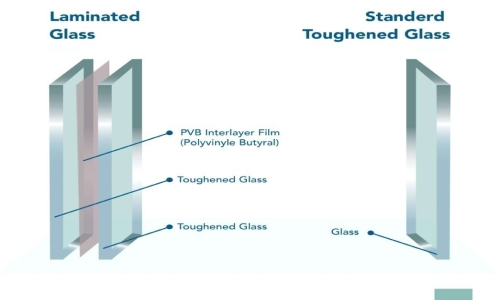
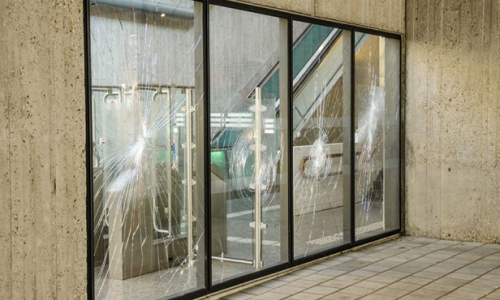
SHATTERPROOF GLASS
Shatterproof glass is just what it sounds like, a type of glass that’s resistant to shattering. In other words, it doesn’t break into sharp pieces in the event of destruction.
Manufacturing shatterproof glass involves the addition of a plastic polyvinyl butyral resin to prevent it from forming sharp pieces. It’s commonly used in windows, floors, and skylights.
ENERGY-EFFICIENT GLASS
This type of glass is produced by glazing float glass with a special thin coating on one side. This coating allows solar energy to pass through in one direction while minimizing the transfer of thermal energy in the other direction.
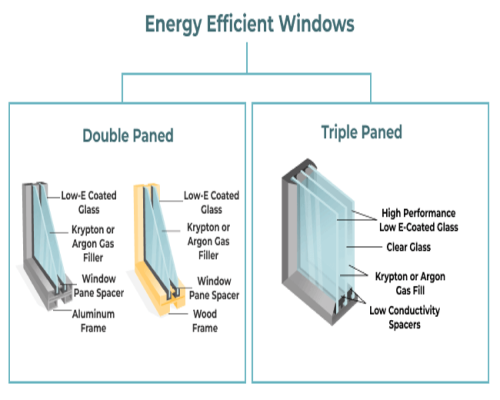
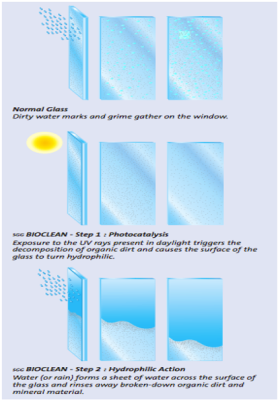
EXTRA-CLEAN / SELF-CLEANING GLASS
Extra-clean or self-cleaning glass is both photocatalytic and hydrophobic. Photocatalysts are materials that change the rate of a chemical reaction on exposure to light. This phenomenon is known as photocatalysis. Hydrophobic is a property of a substance that repels water. It means lacking affinity for water, and tending to repel or not to absorb water. These two unique properties make it stain-proof, resulting in attractive appearance and easy maintenance.
CHROMATIC GLASS
Used in ICUs and meeting rooms, chromatic glass can control the transparent efficiency to protect the interior from daylight. This type of glass may be electrochromic (has electric lamination), thermos-chromatic (has heat-sensitive lamination), or photochromic (has light-sensitive lamination).
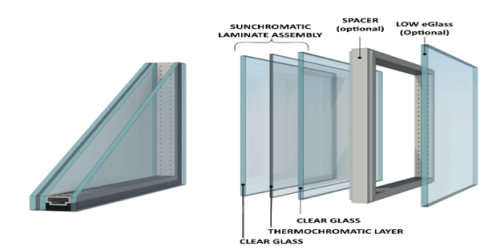
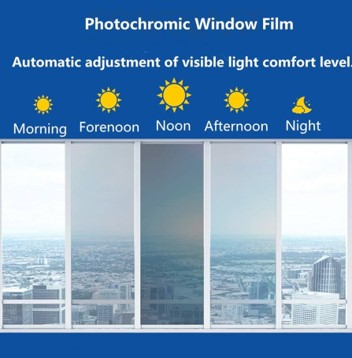
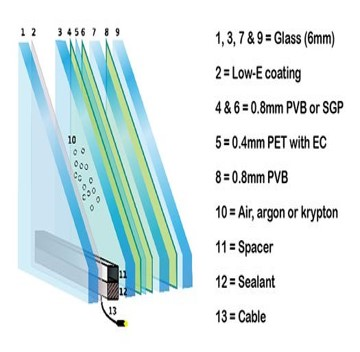
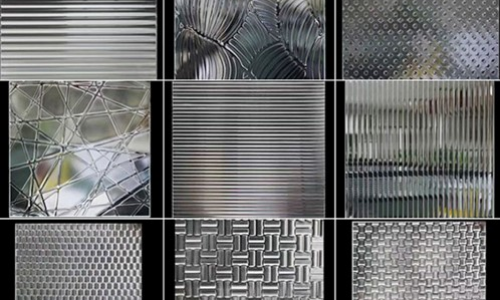
PATTERNED GLASS
Patterned glass is flat glass that’s been rolled onto one side during production. It’s available in many coloured tints and patterns, each with a distortion number from 1 to 5 (1 is very little distortion and 5 is a high degree of diffusion).
Patterned glass is used for decoration purposes, with or without added privacy.
TINTED GLASS
Tinted glass is simply coloured glass. A certain type of ion is added to the normal glass mix to produce coloured glass, where the colour doesn’t affect other properties of the glass. For example, iron oxide gives green and sulphur gives blue.
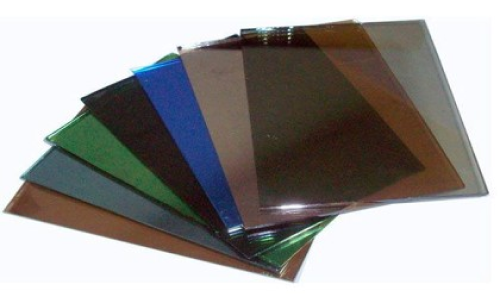
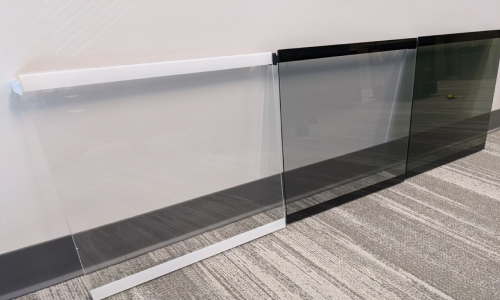
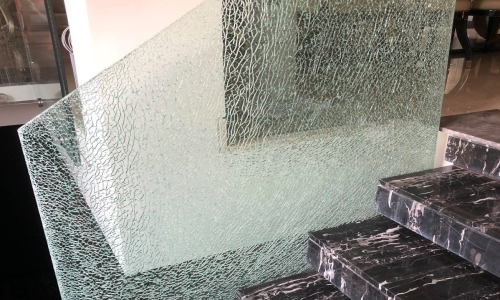
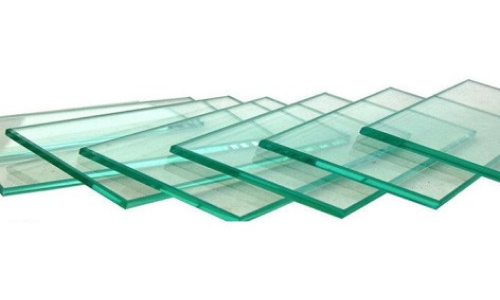
TOUGHENED GLASS
Toughened glass, also called safety or tempered glass, is used extensively throughout the industry for its ability to resist breaking. If it does break, it does so into many small ‘safer’ pieces as opposed to large shards (like float glass).
Toughened glass is typically used in home interiors such as kitchen splashbacks (for its heat resistance), and shower screens, glass balustrade and swimming pool fencing.
It can also be used in laminated panels for extra safety precautions.
WIRED GLASS
Wired glass has a wire mesh in the middle of its glass structure. The purpose of the wire is to hold the glass together in the event of cracking or breaking, however, it doesn’t stop the glass from forming sharp pieces when broken.
Laminated glass can also be made using other types of glass (such as float, wired, or toughened), where they keep their original breaking attributes.
Available as clear or obscured, wired glass is commonly used in more industrial areas or structures such as garages.
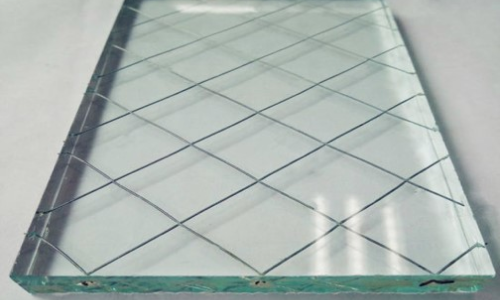
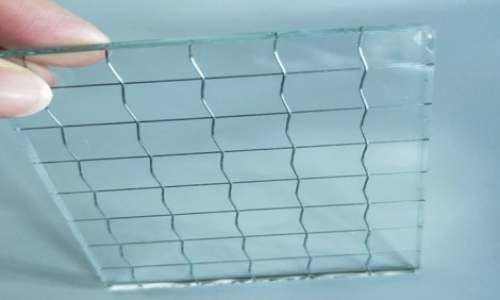
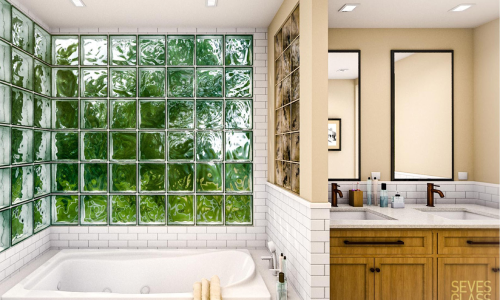
GLASS BLOCKS
Otherwise called glass bricks, glass blocks are made from two halves pressed and annealed during the melting process of glass. The applications for glass blocks include walls and skylights, providing a pleasant aesthetic appearance when light passes through.
GLASS WOOL
Used as an insulating filler, glass wool is made out of glass fibres. It’s also fire-resistant. The air pockets make glasswool a poor conductor of heat, an important requirement of effective insulation. Glass wool insulation products can be applied in multiple areas, from ducts and pipes to walls. Although most commonly used for ceilings in residential buildings.
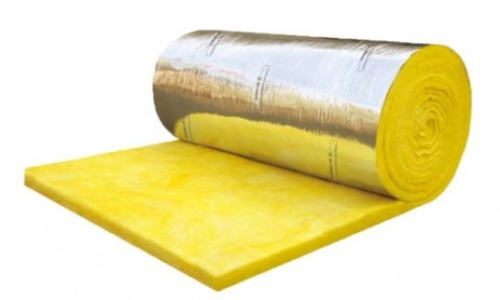
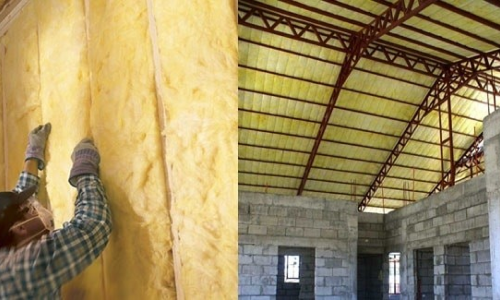
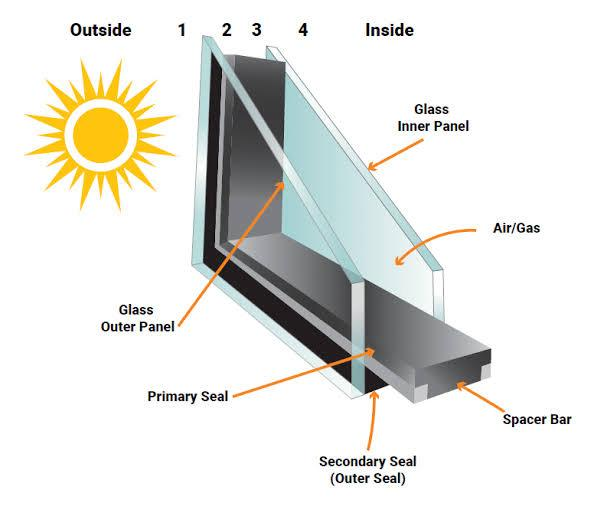
INSULATED GLAZED UNITS
Also referred to as double-glazed glass, an insulated glazed unit consists of two or three layers separated by air or vacuum. This air or vacuum acts as a good thermal insulator, so this glass doesn’t allow heat to pass through it.
MIRRORS
These are typically made from float glass of 4mm to 6mm thickness with one side silvered.
